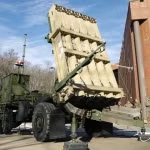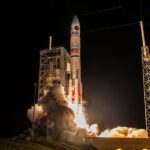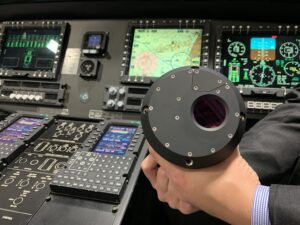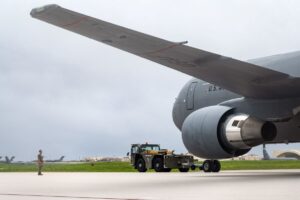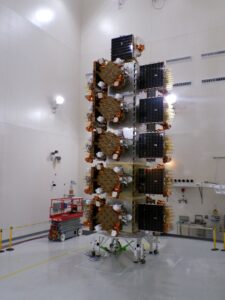
A March 27 settlement between the Department of the Navy and Lockheed Martin [LMT] on a more than four-year-old case on data rights for the F-35 fighter will spur improved organic software development by the U.S. Air Force, Navy, and U.S. Marine Corps, the F-35 Joint Program Office (JPO) said last month. In October 2019, Lockheed Martin filed an appeal before the Armed Services Board of Contract Appeals (ASBCA) of a Defense Contract Audit Agency decision that the U.S. Navy…


